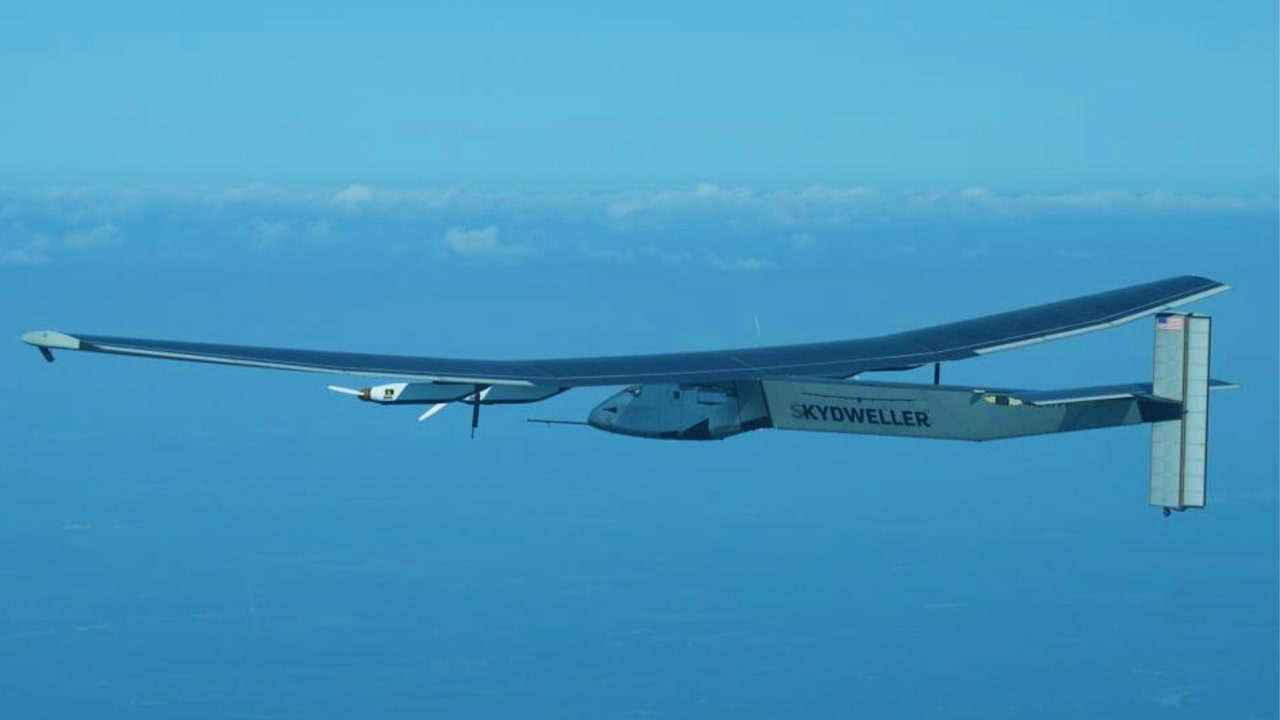Drone Warfare Escalates: Massive Strikes Rock Southern Russia
In a startling turn of events, Ukraine has struck a significant blow against Russian military capabilities. A daring raid on a warehouse in southern Russia destroyed 400 Iranian-made Shahed attack drones, dealing a significant setback to Moscow’s aerial assault campaign.
The Ukrainian general staff reported the successful operation near Oktyabrsky, with video footage showing a massive explosion lighting the night sky. “We hit the target dead-on,” a military spokesperson said. “The secondary blasts we saw confirm how much firepower was stored there.”
This strike takes out nearly 5% of all the Shaheds Russia has used so far in its 31-month war on Ukraine. These 440-pound drones have been a critical weapon in Russia’s arsenal for deep strikes on Ukrainian cities, causing widespread destruction and civilian casualties.
Since 2022, Russia has launched over 8,000 of these explosive drones. While Ukrainian air defenses have gotten better at shooting them down, with a 91% success rate since March, even a tiny number getting through can be devastating. In just three months ending August 31st, nearly 600 Ukrainian civilians died, and 2,700 were hurt in Russian strikes.
“Taking out this drone stash will cut down on Russia’s ability to terrorize our cities and towns,” the Ukrainian general staff noted. However, they cautioned that it’s only a temporary win. Russia can always buy more from Iran or ramp up production at its factory in Tatarstan.
The attack’s details remain fuzzy. Ukraine credits its military and counterterrorism teams but hasn’t specified what weapons they use. Oktyabrsky sits about 140 miles from the front lines, putting it in range of several Ukrainian systems.
We can rule out Ukraine’s top Western-supplied weapons like ATACMS rockets or Storm Shadow missiles. The U.S., UK, and France don’t let Ukraine use those on Russian soil. But Ukraine’s homegrown Neptune cruise missiles or long-range strike drones could easily reach that far.
This raid fits a larger pattern in Ukraine’s strategy. Instead of using pricey air defense missiles to shoot down drones near their targets, they’re trying to blow up Russian weapons before launch. It’s what the U.S. military calls striking “left of the boom.”
Shaheds aren’t the only focus. Ukraine has also hit stockpiles of Russia’s guided glide bombs. Last week, Ukrainian drones reportedly targeted a bomb warehouse at a Russian air base near Voronezh, 120 miles inside Russia.
But the drone wars cut both ways. In a massive counterstrike, Russia launched over 140 attack drones at nine Ukrainian regions overnight. Ukraine claims to have shot down 92 of them, but some likely got through.
The drones hit targets in Krasnodar, Kursk, Rostov, Bryansk, Belgorod, and occupied Crimea. Ukraine has also stepped up its own drone and missile strikes on Russian airbases and military sites, aiming to curb Moscow’s ability to launch aerial attacks.
Just hours ago, explosions rocked the Khanskaya military airfield in Russia’s Republic of Adygea. Satellite data showed a fire at the base of Russia’s 272nd Training Aviation Regiment. Local officials haven’t commented, but Ukrainian sources claim a fuel depot was destroyed.
This follows yesterday’s Ukrainian drone strike on a central Russian weapons depot near Karachev. The site reportedly held guided bombs, missiles, artillery, and even North Korean ammunition. Pyongyang has become a key weapons supplier for Russia during the war.
As both sides ramp up their drone campaigns, civilian populations are caught in the crossfire. The UN has repeatedly called for an end to attacks on non-military targets, but so far, these pleas have been brushed aside.
Military analysts warn that this tit-for-tat drone warfare could spiral into an even wider conflict. “When you’re striking deeper and deeper into enemy territory, the risk of miscalculation goes up,” says defense expert Dr. Sarah Klein. “All it takes is one stray drone to hit the wrong target, and we could see a major escalation.”
For now, both Russia and Ukraine seem committed to their drone strategies. As winter approaches, many fear we’ll see an uptick in strikes aimed at crippling energy infrastructure and breaking civilian morale.
The destruction of 400 Shahed drones is undoubtedly a win for Ukraine. But in this new era of drone warfare, today’s victory can quickly become tomorrow’s setback. As the conflict grinds on, the skies over Ukraine and Russia will likely remain filled with the ominous buzz of attack drones for the foreseeable future.
